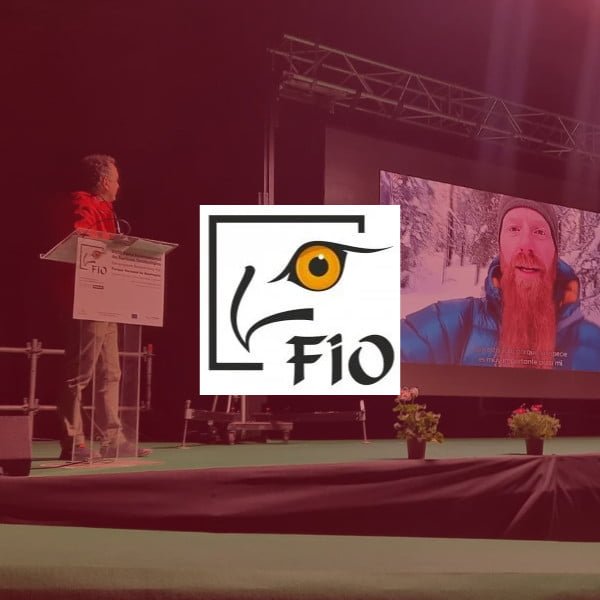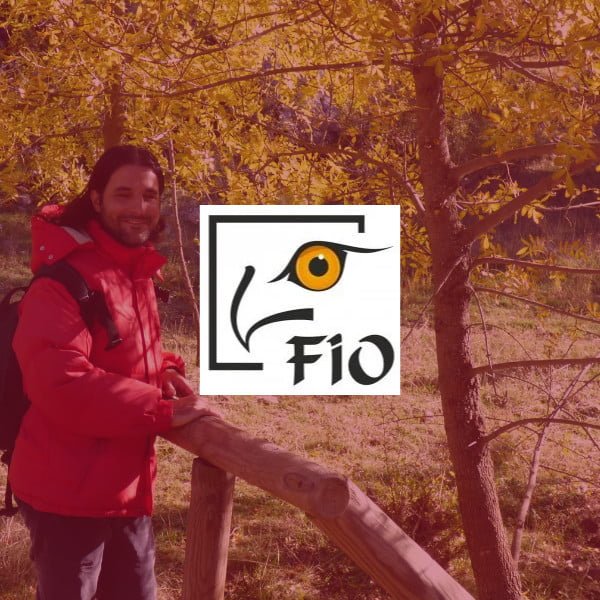
Welcome to FIO 2024!
The largest event for birding in Spain
We invite you to a journey through the fascinating world of birds and nature at the Extremadura Birdwatching Fair (FIO)
February 23rd to 25th 2024
Monfragüe National Park (Cáceres, Extremadura)
Can you help us to improve FIO? Let us know your thoughts on the design for FIO 2025. By completing this survey you can give us your views on different aspects of the fair. It will only take a few minutes to complete and is completely anonymous. Access by scanning or clicking on the QR below. Thank you!
Three intense days full of activities


Extremadura Birdwatching Fair (FIO)
Monfragüe National Park
Extremadura Birdwatching Fair, organized by the Regional Government, is the perfect opportunity to connect with bird lovers, conservation experts and nature enthusiasts.
In addition, you will be able to obtain valuable information about tourist destinations that stand out for their rich birdlife.
Join us and share your passion for birds and nature!

Are you a professional?
This is your moment! Explore new business opportunities in the ornithological and nature tourism sector.









